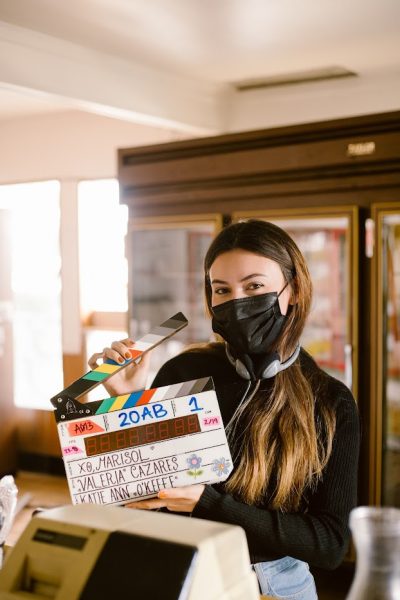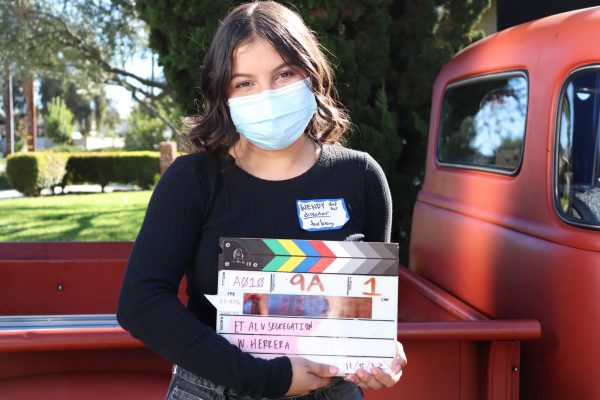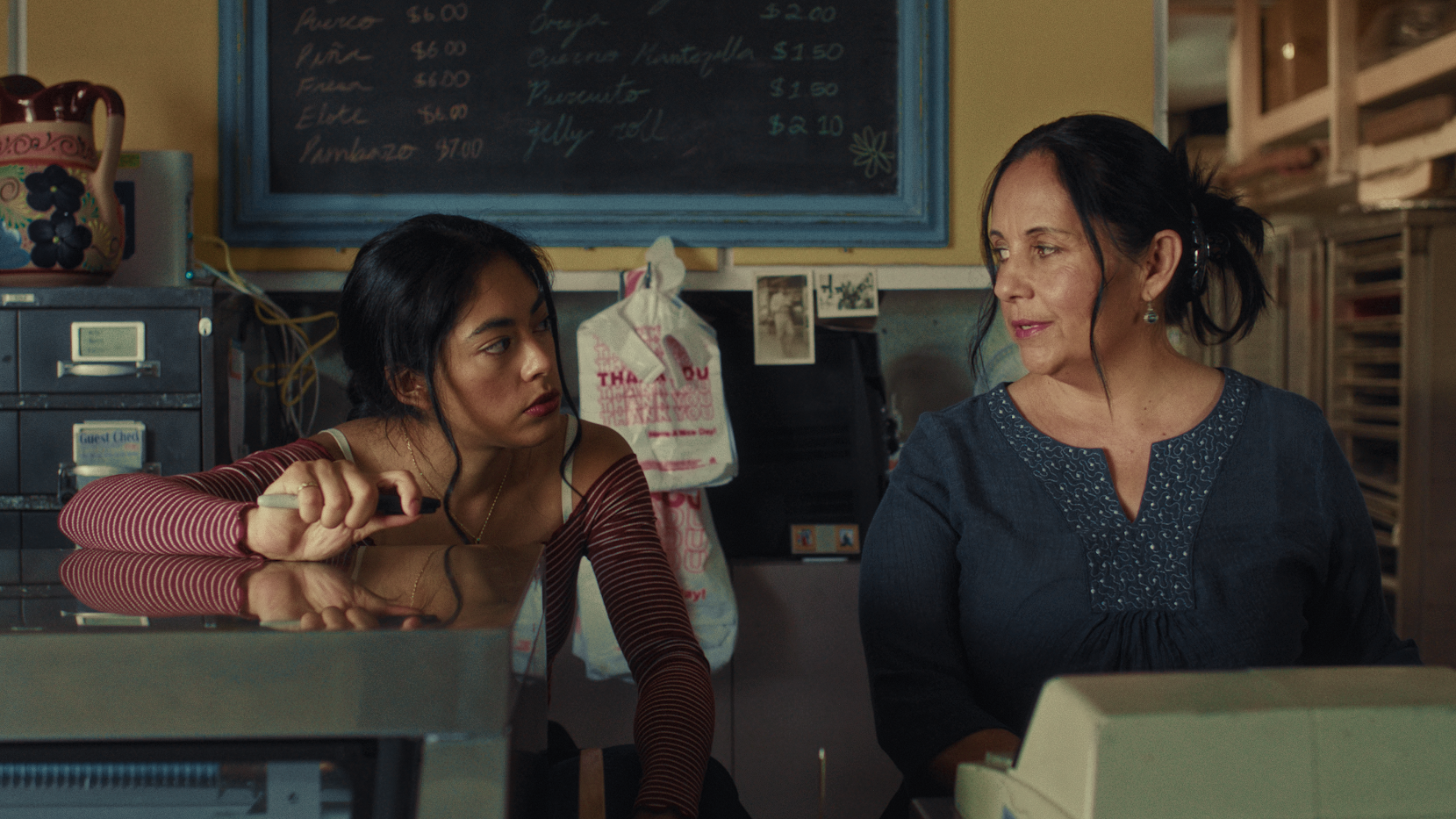It’s the summer of Barbie. Women and girls from ages seven to 70 are showing up in flocks and flooding the parking lots. All dressed from head to toe in their best pink attire. Concession stand lines are packed. The girls, gays, and the theys have shown up and shown out. They’re taking their seats, chatting and laughing, until the lights go down and the volume goes up. There is a subtle collective woo of excitement and then silence. Everyone wants to know what Greta Gerwig has in store for them. Despite skeptics’ belief that a movie made by women for women wouldn’t be profitable, the “Barbie” movie made over $1.3 billion at the international box office in the first month of being released.
Women in the film industry are widely underrepresented and misrepresented. This lack of representation can be found in the content of the films themself or behind the camera. That can be discouraging for women film students trying to break into the industry. Women deserve to have movies that are made by them and for them.
When it comes to actors, women are almost always given the rotten end of the deal. Insider released 27 of the highest-paid movie roles of all time. On this list of 27 actors, only three were women. Even the most famous and respected actresses such as Ellen Pompeo, Taraji P. Henson, and Meryl Streep have struggled to fight for the same pay as their male counterparts.
Behind the cameras, there are many people working to bring these projects to life, but the vast majority of those people are still men. According to The Celluloid Ceiling in a Pandemic Year: Employment of Women on the Top U.S. Films of 2021, by Dr. Martha M. Lauzen, “Overall, the number of women working on the top 250 films of 2021 compared to men is still staggering, showcasing that 75% of behind-the-scenes jobs in 2021 are held by men.”
Silvia Jazmín Miranda, a documentary filmmaking major at Chapman University, explains her discomfort with joining an institution that is made up of predominantly white men. “It is hard entering a space where I know a lot of people won’t look like me,” she says. While the number of women in the film industry is rising, they are doing so slowly. According to research conducted by the SDSU Center for the Study of Women in Television and Film, women directors have only gone up 2% from 2021 to 2023 while those working as writers went up 5%. There is still much work to be done and much space to be taken.
Only seven women have been nominated for an Academy Award for Best Director since the inception of the award in 1929: Lina Wertmüller, Sofia Coppola, Kathryn Bigelow, Greta Gerwig, Emerald Fennell, Chloe Zhao, and Jane Campion, twice. Out of those eight nominations, only three have won the award—Kathryn Bieglow for “Hurt Locker” (2009), Chloé Zhao for “Nomadland” (2020), and Jane Campion for “The Power of the Dog” (2021). That is only three women in almost a century. These three wins were all in the past two decades, which could be seen as progress, but it’s not enough.

Valeria Cazares, a film production major at Chapman University, says that she is facing a double challenge entering the industry because she is both a woman and Latinx. She says that one of the most difficult aspects of entering the industry is selling herself as a woman who wants to share Latinx stories. The lack of representation in awards can be discouraging to women wanting to join the industry, but it could also be preventing talented and capable women from producing films that could have massive influence.
The “Barbie” movie is a perfect example of a successful film that could’ve been a lost gem. The general public argument that films made for women aren’t profitable was torn apart when “Barbie” became Warner Bros’ highest-grossing film in the past 100 years of the company’s existence, according to Cision PR Newswire. This movie was a story for women, starring women, directed by a woman, and was also the biggest film release of the year.
Miranda says she felt a spiral of emotion after watching the film. “I loved it… it was able to reflect on what womanhood is,” she says. She adds that seeing how phenomenal the “Barbie” movie was made her realize that women being held back in the film industry are not allowed to show their full potential.
Wendy Medina Herrera, a double major in Latinx and Latinx American studies and film production at Chapman University, notes that even with the depth of the Barbie movie, she saw the announcement of a Polly Pocket movie. She was frustrated that these film production companies weren’t seeing that the success of the “Barbie” movie wasn’t about dolls, but it was because “women want to see themselves in these movies.”
Cazares says what makes her excited about joining the industry as a Latina is getting more voices out in the world because “films are not really pertaining to our experiences.” If there were more movies about women, all kinds of women, women would show up for them. In 1985, graphic novelist Alison Bechdel wrote a comic strip about a woman stating she won’t see a movie unless it made certain qualifications. This became known as the Bechdel test and is now used to assess the representation of women in film. To pass the test, a movie must have two or more women characters speak to each other about something other than men. This has become a simple baseline for movies’ inclusion of women and gender equality, a baseline with a very low bar. And even with the bar to the floor, many movies still fail to meet the requirements. Miranda says that being a woman in the film industry makes her feel as though she always has to prove herself and “seek validation in telling stories that deserve to be told.”

Sophia Bobadilla, a film major at Cal State University, Northridge, says the film environment makes her feel really cautious about getting the credit she deserves. She has noticed when working with men she experiences “a vague gradual takeover” that makes her feel as though she needs to keep her guard up. Bobadilla doesn’t gravitate strongly toward femininity and feels a bit odd when it comes to labels. Because of that, Bobadilla states, “I don’t want my art to be gendered at all.” She explains that what is really important to her is how people resonate with her work.
The movie “Little Women” directed by Greta Gerwig and based on the novel written by Louisa May Alcott, is a great example of a movie for women, made by women. It is a story of several complex female characters navigating the complexities being a woman entails in their daily lives. There is a scene when the character Jo March, played by Saoirse Ronan, states, “Women, they have minds, and they have souls, as well as just hearts. And they’ve got ambition, and they’ve got talent, as well as just beauty. I’m so sick of people saying that love is all a woman is fit for.” This is what we need to see more of in cinema. Multidimensional female characters exemplifying the strength and complexities of women, in a movie directed by a woman, based on a book written by a woman. It shows women and girls what they can achieve.
Film and television have a large influence on girls growing up, and they deserve to see people who look like them doing great things. They also deserve to see normal women whose existence is equally as important. Media shapes society just as society shapes the media, and we have to start somewhere. A growth in representation of women will have a huge impact on not only the growth of women’s opportunities but also increased respect and equality. As Cazares hopes for growth and progress in the industry, she insists that when these communities of women must come together to demand their place: “It’s going to be hard to say no to us.”
Taken from the Fall 2023 print issue of Inside Fullerton. Read it here.




